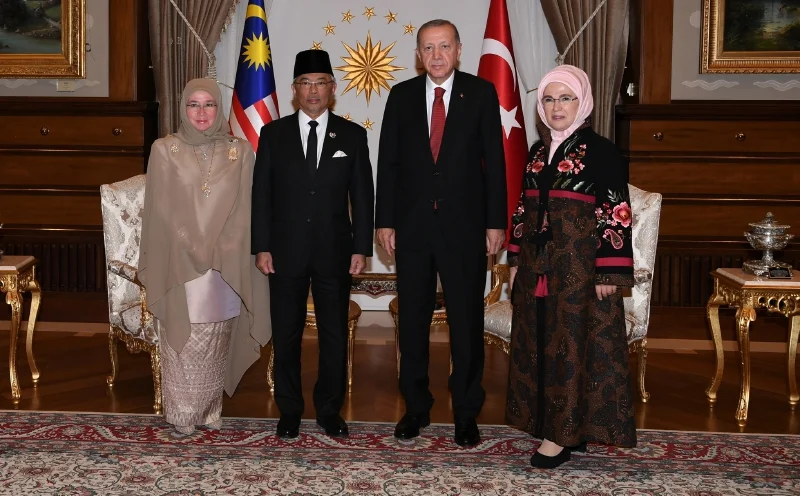Background
Malaysia is a country separated into two geographical locations namely the Malay Peninsular and North Borneo. It has a land area of 328,550 km2 and is surrounded by three important ocean bodies namely, the Straits of Malacca, the South China Sea and the Sulu Sea. It straddled a very strategic location between South East Asia, East Asia and the Indian Ocean. Malaysia’s main defence alliance throughout history is via two defence arrangements, the FPDA and North Thunder. Malaysia’s core interest is to properly safeguard our defence line and is defensive in nature.
Future Requirements
Ideally, Malaysia should not fight wars on her own territory, as this will result in huge material losses and irreplaceable loss in human lives. In view of this, Malaysia should embark on weapons procurement that will enable her to mount attacks deep inside enemy territory. And the weapon systems to be purchased should be in large enough quantities to serve as an effective deterrent to safeguard our defensive line. And these huge numbers of military assets should be kept disbursed all over the country to prevent a pre-emptive strike by the enemy that can destroy our assets and troop dispositions in a single blow. This is a lesson learned from what happened to the Arab Armed Forces during Operation Moked in 1967.
Analysis
Having this in mind, we need more than two multirole combat aircraft (MRCA) squadrons that has been stipulated under our CAP 55 Air Force rationalisation programme. What was suggested by Malaysia previous Chief of Air Force makes more sense, that is for the RMAF to field 6 MRCA squadrons. The deployment of these MRCA squadrons should be as follows – 2 squadrons in West Malaysia, 2 squadrons in Sarawak and the remaining 2 squadrons in Sabah. We are not a poor and economically struggling nation that is finding it hard to make ends meet. We are not a bankrupt and failed state as some people in Malaysia claimed. Our natural resources and additional revenues from taxes, will be able to fund these weapons procurement programs.
Another thing to note is that when the enemy mounts an attack, they will do so at a place, time and direction least expected. Case in point is that the Japanese attacked Kota Bharu and Miri during the height of the North East monsoon season. This caught the British and Commonwealth forces fully unaware at the end of 1941. It is therefore unwise for the Royal Malaysian Navy for example, to operate only gunboats, when these kind of patrol boats with their respective role is best carried out by the Malaysian Coast Guard and Malaysian Marine Police. The Navy should be operating full spec missile armed littoral mission ship (LMS), littoral combat ship (LCS) and New Generation Patrol Vessel (NGPV) that is able to operate in the worst sea state condition. More submarines are needed to extend our reach to far flung places.
The army meanwhile needs to be more outward looking. Weapon Systems to be purchased for the army should be able to hit the enemy from very long distances, i.e. Medium Range Air Defence (MRAD) and Long Range Air Defence (LRAD) missiles, Coastal Artillery missiles, MRLS and artillery (preferably Self Propelled) of 155mm 52 Cal systems.
Moving Forward
Finally, at regional posture, Malaysia should strengthen her commitment in the Five Power Defence Arrangements (FPDA) and re-establish her position in the North Thunder Alliance. Engagement with NATO is also necessary to protect Malaysia’s interest. Malaysia must be strong enough to assist other nations militarily, and not to rely on others having to save us during conflicts. Moving forward, Malaysia should also look beyond her borders, to safeguard her citizens abroad.


